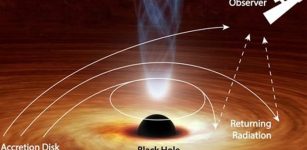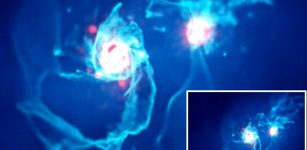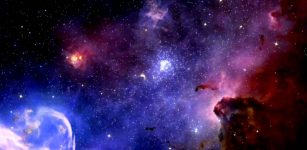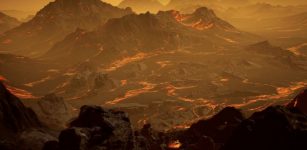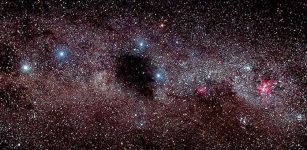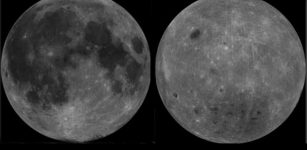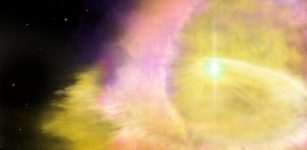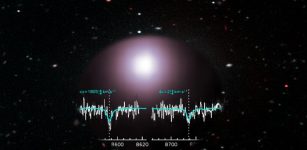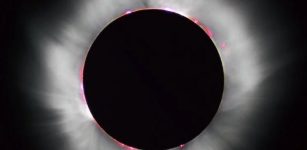Unusual Red Aurora Over 1770 Kyoto And Dangerous Magnetic Storms That Can Threaten Our Planet
MessageToEagle.com – An unusual red aurora was observed in Kyoto, Japan during an extreme magnetic storm that occurred on 17 September 1770.
Based on accessible historical documents, researchers have now gathered new evidence that the red aurora extended toward the zenith of Kyoto around midnight at northern sky.
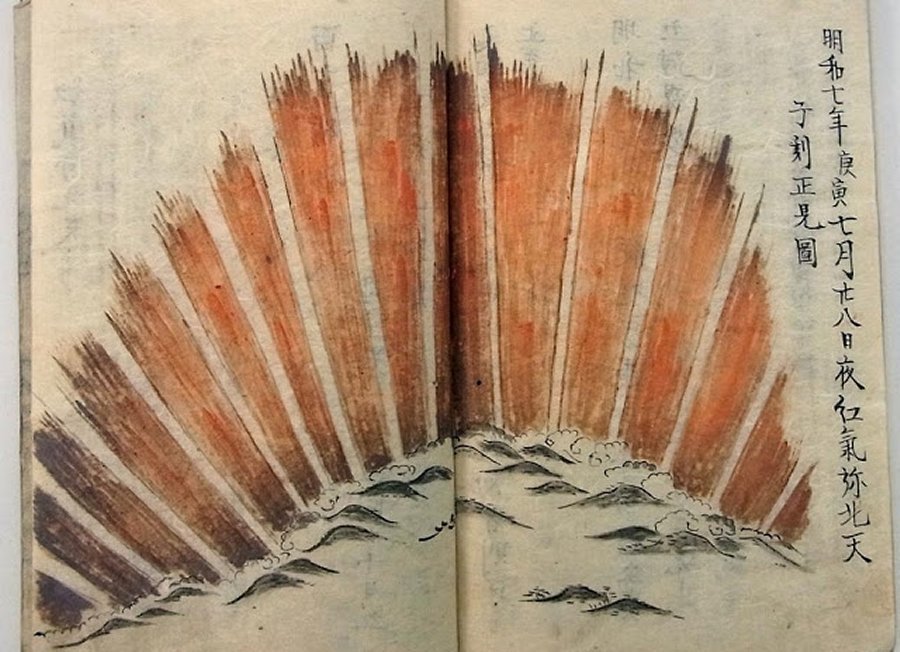
Also investigated were detailed descriptions of the event from a newly discovered diary of the Higashi-Hakura family of Kyoto.
“The enthusiasm and dedication of amateur astronomers in the past provides us an exciting opportunity,” Kiyomi Iwahashi of NIJL says.
“The diary was written by a kokugakusha (scholar of ancient Japanese culture), and provides a sophisticated description of the red aurora, including a description of the position of the aurora relative to the Milky Way.”
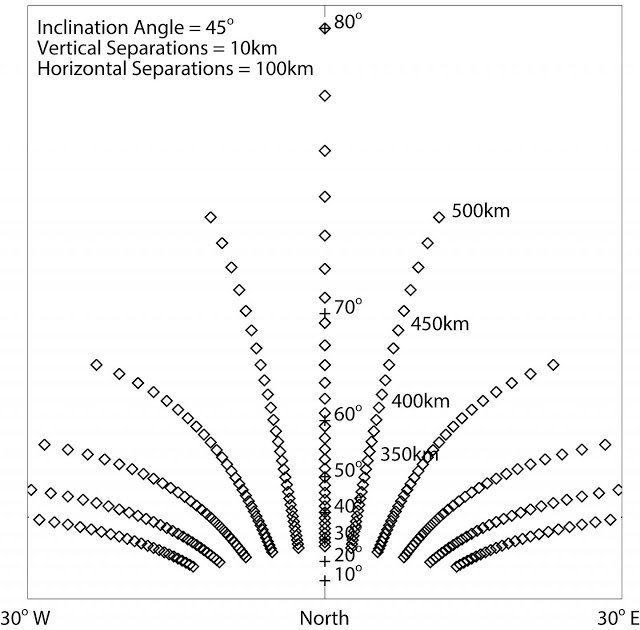
Researchers determined that the intensity of the September 1770 magnetic storm is comparable to, or slightly larger than that of the September 1859 Carrington storm.
See also:
Another Solar Flare In ‘Carrington’ Class Could Destroy Our Civilization
The Carrington Event – Biggest Solar Storm In Earth’s History
“The magnetic storm on 17 September 1770 was comparable with or slightly larger than the September 1859 magnetic storm that occurred under the influence of the Carrington solar flare. The 1859 storm was the largest magnetic storm on record, in which technological effects were widely observed,” Ryuho Kataoka of NIPR says.
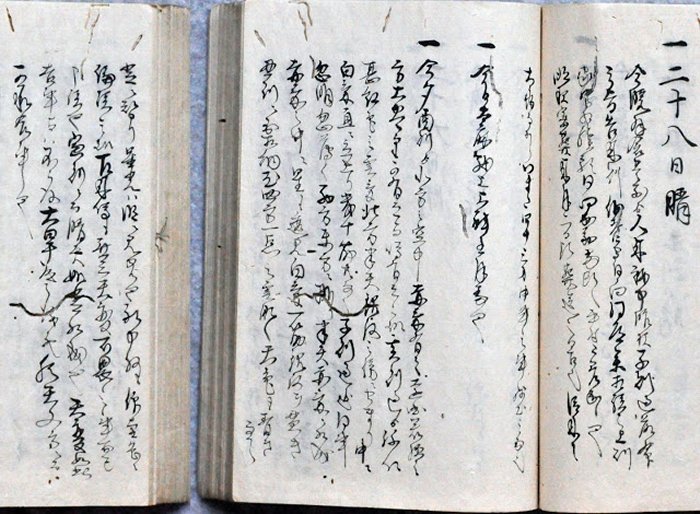
“It was lucky for us that the 1770 storm predated our reliance on electricity”.
Japanese researchers combine historic accounts of a rare red aurora with modern methods to describe an extreme magnetic storm over Kyoto in the 18th century.
The September 1770 storm could be 3–10% stronger than the September 1859 storm, the greatest storm in the past 200 years. The research provides insights that could assist preparation for an unlikely, but possible, future intense magnetic storm.
Research is of great importance because it can give us very important knowledge about disruption of power grids and give us opportunities to prepare for any potential more or less disastrous future event.
MessageToEagle.com
Expand for references
